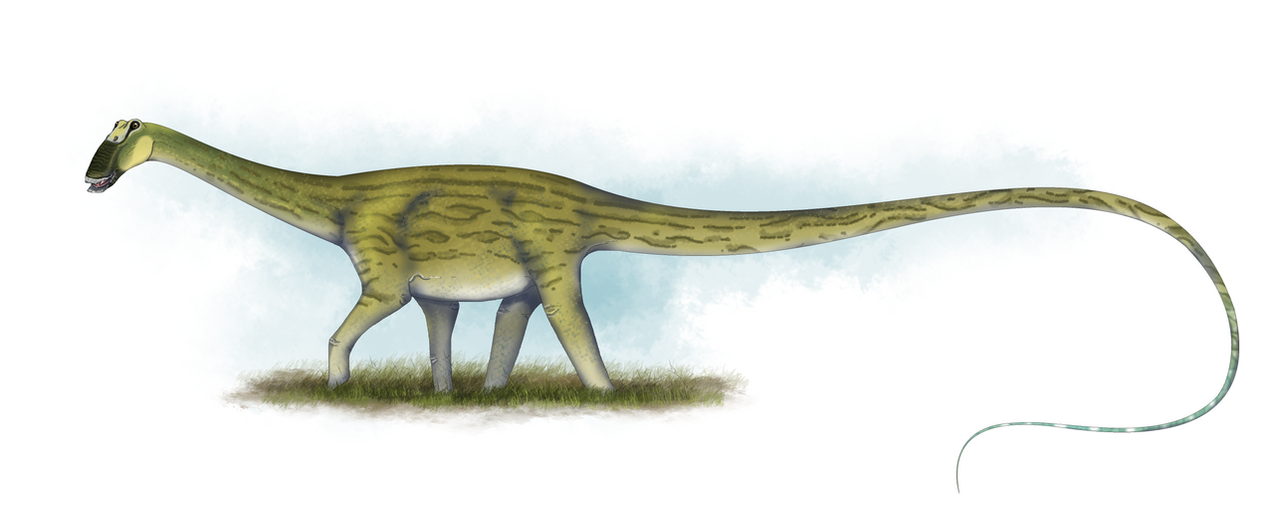HOME | DD
 DrPolaris — Iranospondylus cheemai
DrPolaris — Iranospondylus cheemai

#dinosaur #sauropod #speculativefiction #speculativeevolution #speculativezoology
Published: 2023-09-15 23:38:15 +0000 UTC; Views: 11645; Favourites: 140; Downloads: 10
Redirect to original
Description
Although Eurasian Titanosaur diversity dropped noticeably from the Middle Miocene onwards, this seems to have been correlated more with ecological shifts than with direct competition with Seismotitanids. The once common tree steppe favored by Titanosaurs that covered much of the continent from the Late Eocene to the Early Miocene had vanished by 11 mya to be replaced by warm steppe composed mostly of C3 grasses and closed temperate forest further north. However, despite declining in diversity, these changes did not cause the persistent Sauropods to die out altogether, with some groups successfully adapting to the new conditions. The Maharajasaurine Titanosaurs, which had originated in India and Pakistan during the Late Oligocene, were fairly small and modestly sized Sauropods that started out as low browsing herbivores with relatively short necks. As the world cooled and C3 grasses spread, these animals shifted their diet to include most low growing plants, developing squared off snouts and shearing forward-pointing teeth. They seem to have lived in large herds, where many high placed eyes could spot a potential predator from a distance. These adaptations allowed the Maharajasaurines to spread out into other parts of Eurasia and North Africa. At the Ramanagar site, this subfamily was represented by the single genus Iranospondylus, a slender 10m long, 2 tonne generalist grazer and low browser also native to Turkey and Iran (where the type species I. kahn was first described). This distribution overlaps with a broad region of warm open steppe that covered much of the Middle East and North Africa during the later Miocene, producing a far more fertile environment than the deserts present here during the Holocene. In fact, true deserts were rare during the Miocene on Alter Earth, with this type of ecosystem only expanding during the Pleistocene. In modern times, Maharajasaurines have declined in range, being represented by a single genus (Camelopardalus, commonly known as Questing Beasts) native to East Africa and Northern India. Living in highly social herds and feeding on grasses, these slender sauropods are known for their surprising athleticism and aggressive defense of their herd mates from predators, utilizing scalpel-like teeth and long whip-tails to even the odds with Caenodromaeosaurs.Artwork by Sheather
Related content
Comments: 5

👍: 0 ⏩: 0

👍: 0 ⏩: 0

👍: 0 ⏩: 0

👍: 0 ⏩: 1

👍: 0 ⏩: 0

























